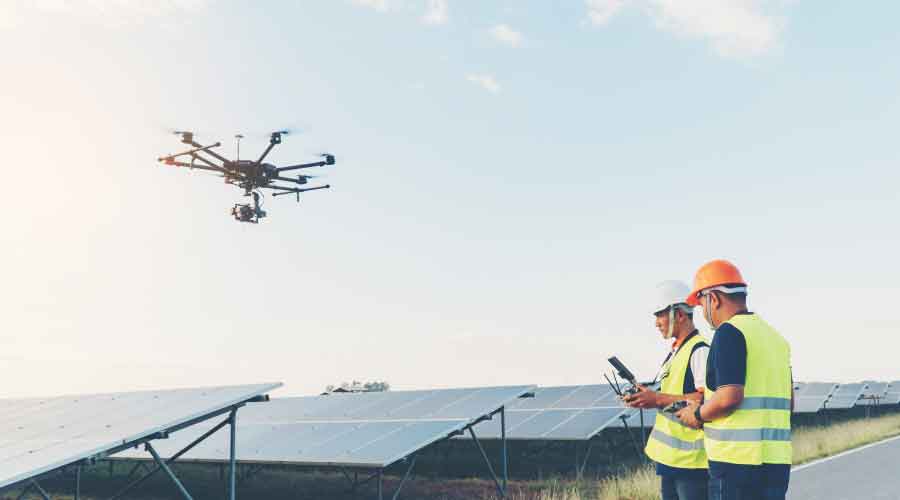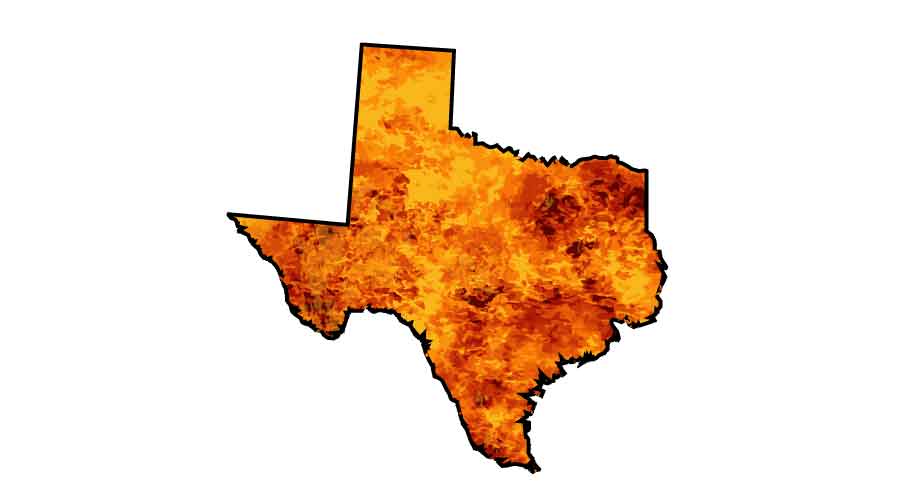
Using Digital Technology to Reduce Physical Climate Risks
Drones, wearable devices among items that employers can use to protect workers. July 28, 2022
As the threats of climate change increase, employers need to develop plans to reduce the risk of occupational heat exposure, says independent research and advisory firm Verdantix.
The firm, which has expertise in environmental issues such as net zero and smart buildings, warns that most employers currently have little or no systems in place for mitigating heat exposure and other climate-related physical risks.
As part of this process, Verdantix says employers will need to consider using a range of technology-enabled mitigation solutions including deploying robotics such as drones that can be used to gather sampling data including air quality, noise and pollutant data, to making employees wear devices that can track their exposure to heat.
Verdantix says that while extreme weather is a variable that environmental, health and safety (EHS) functions cannot control, a hierarchy of technology-enabled mitigation solutions can be implemented to stem their impact. These range from the elimination of risk through deploying robotics, to tracking worker exposure using wearable devices.
Four solutions that can be used to manage physical climate health and safety risk are:
1. Critical event management software with weather decision technologies.
Critical event management software allows firms to assess the risk of weather events, locate at-risk individuals and act appropriately based on pre-defined processes.
2. Wearable devices to track exposure.
For individuals conducting manual work, the use of sensors can help track and monitor worker heat exposure in real-time, such as using wearable devices to measure core temperature, worker microclimate, and sweat rate, among other vital signs.
3. EHS software to support the management of worker exposure, alerts and training.
EHS management systems can provide oversite over worker activities and be used to issue alerts should weather conditions surpass risk thresholds. Finally, an in-built learning management system and training solution will help ensure workers are following hot weather working practices.
4. Robotics to eliminate the risk of heat exposure at their source.
Consider the use of robotics, such as drones, which can be used to gather sampling data including air quality, noise and pollutant data. Drones can also be used to perform inspections in remote locations to reduce worker exposure to the elements.
Next
Read next on FacilitiesNet












